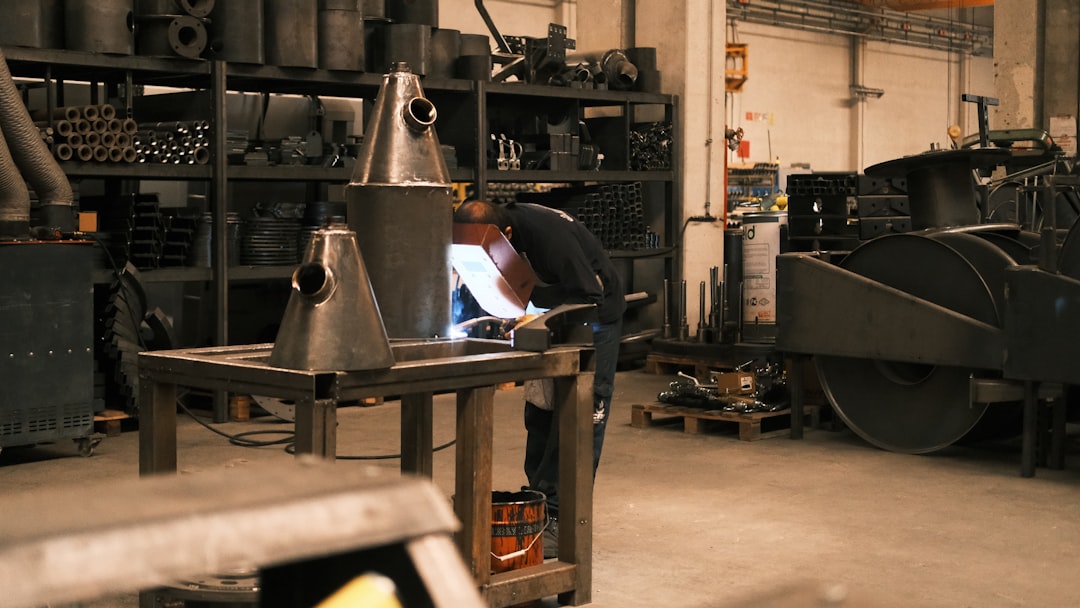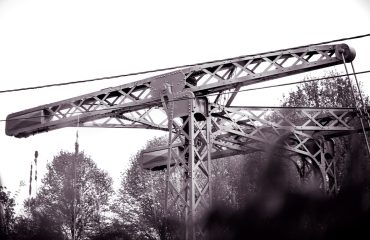Steel, the backbone of countless structures and machines, demands rigorous inspection to ensure safety and longevity. Ultrasonic testing (UT) has emerged as a pivotal non-destructive testing (NDT) method for evaluating the integrity of steel components. This comprehensive guide delves into the intricacies of ultrasonic testing in steel inspection, exploring its principles, applications, and advantages.
Understanding the Principles of Ultrasonic Testing
Ultrasonic testing leverages high-frequency sound waves (typically above 20 kHz), inaudible to the human ear, to probe the internal structure of materials. A transducer, acting as both a transmitter and receiver, emits ultrasonic pulses into the steel. These waves propagate through the material, reflecting off interfaces like internal flaws (cracks, voids, inclusions), or the back surface of the component. The time taken for these echoes to return to the transducer is precisely measured, allowing technicians to determine the location, size, and nature of any detected discontinuities.
Different ultrasonic testing techniques exist, including pulse-echo, through-transmission, and resonance methods. The choice of technique depends on factors such as the geometry of the component, the type of flaw being sought, and the accessibility of the test surface. Pulse-echo is the most common method, employing a single transducer to both transmit and receive the ultrasonic signals.
Applications of Ultrasonic Testing in Steel Inspection
The versatility of ultrasonic testing makes it invaluable across a wide spectrum of steel inspection applications. Some key areas include:
- Weld Inspection: UT is crucial for detecting flaws within welds, such as cracks, porosity, and lack of fusion, ensuring the structural integrity of welded joints in bridges, pipelines, pressure vessels, and other critical structures.
- Casting Inspection: Ultrasonic testing effectively identifies internal flaws in steel castings, such as shrinkage cavities, gas porosity, and inclusions, improving the quality and reliability of cast components.
- Forgings Inspection: Similar to castings, forgings can contain internal defects. UT helps assess the integrity of forgings used in high-stress applications, such as aircraft components and automotive parts.
- Thickness Measurement: UT accurately determines the thickness of steel plates, pipes, and other components, aiding in corrosion monitoring and remaining life assessment.
- Detection of Laminations: Ultrasonic testing excels at identifying delaminations or layering defects within steel plates, which can significantly compromise their strength.
Advantages of Ultrasonic Testing over Other NDT Methods
Compared to other non-destructive testing methods, such as radiography or magnetic particle inspection, ultrasonic testing offers several significant advantages:
- High Sensitivity: UT can detect very small flaws, even those deep within the material.
- Portability: Portable ultrasonic testing equipment allows for on-site inspection, reducing downtime and costs.
- Versatility: UT can be applied to a wide range of steel components with varying shapes and sizes.
- Depth Penetration: Ultrasonic waves can penetrate considerable depths within steel, making it suitable for inspecting thick sections.
- Cost-Effectiveness: While initial investment might be higher, the long-term cost-effectiveness of UT is often superior due to its speed and efficiency.
Interpreting Ultrasonic Test Results
Interpreting ultrasonic test results requires expertise and experience. The signals received by the transducer are displayed on a screen as A-scans (amplitude versus time), B-scans (cross-sectional views), or C-scans (plan views). Trained technicians analyze these displays to identify and characterize flaws based on their amplitude, location, and shape. Industry standards and codes provide guidelines for accepting or rejecting components based on the detected flaws.
Factors influencing the interpretation include the type of steel, the frequency of the ultrasonic waves, and the coupling between the transducer and the test piece. Calibration and standardization are essential for ensuring accurate and reliable results.
Advanced Techniques and Future Trends in Ultrasonic Testing of Steel
The field of ultrasonic testing is continually evolving. Advanced techniques, such as phased array ultrasonics and time-of-flight diffraction (TOFD), offer enhanced capabilities for flaw detection and characterization. Phased array utilizes multiple elements within a single transducer to steer and focus the ultrasonic beam, improving inspection speed and resolution. TOFD allows for accurate sizing of flaws, even those oriented parallel to the inspection surface.
Future trends include the integration of artificial intelligence (AI) and machine learning (ML) for automated flaw detection and analysis. These technologies promise to improve the efficiency and accuracy of ultrasonic testing, making it even more indispensable in the inspection of steel components.
In conclusion, ultrasonic testing plays a critical role in ensuring the safety and reliability of steel structures and components. Its versatility, sensitivity, and advanced capabilities make it a cornerstone of non-destructive testing in various industries. As technology continues to advance, ultrasonic testing will remain a vital tool for maintaining the integrity of steel in the years to come.




